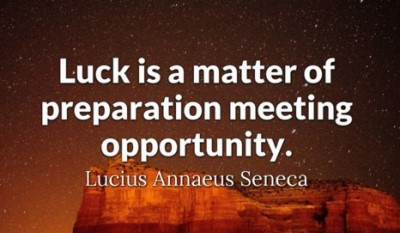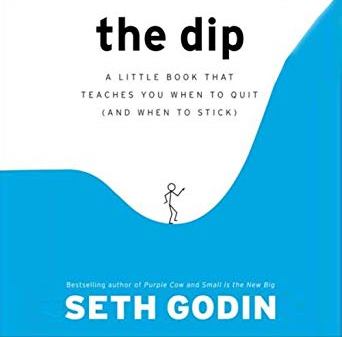I was not aware until recently how the job of “AI trainer” is the new gig for students seeking some extra money and for young professionals. But as AI-based services and ‘deep-learning’ products increase, there is a need to help them learn faster from existing data. The job is about feeding the data to the software and manually correcting the outcome to help the algorithm learn faster.

For some basic image recognition, there are even sweatshops setup in low-cost countries to teach the algorithms. For more complex matters, this is generally performed in the AI company premises by graduate students in the relevant specialty.
Of course, the intent of deep-learning algorithm is to replicate what has been taught to it in a scalable manner, therefore automatizing the job that was previously performed by junior personnel. But the irony is that it also creates the new job of teaching it on the basis of an initial set of data how to respond and what to produce.
Let’s not be astonished if the first jobs of new graduates in the years to come is ‘AI teacher’!











